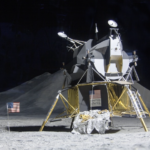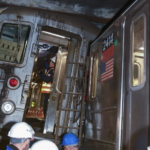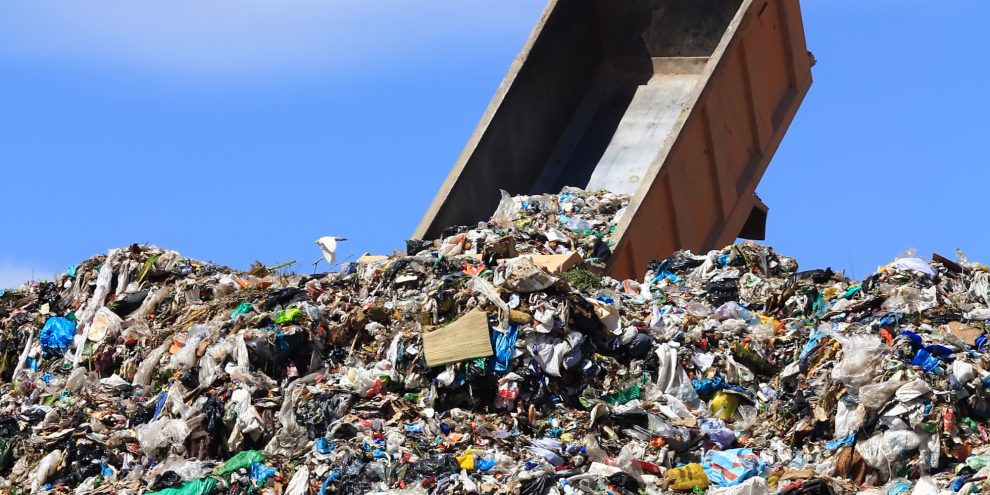On December 1, 2015, Blind Brook High School and Middle School launched an ambitious recycling initiative aimed at reducing school waste by 90-95%. At first glance, this may seem to be an unattainable goal. However, BMP Ridge Street School put the same initiative into effect last April and has already trimmed lunchroom waste by an impressive 96%.
The program, called “We Future Cycle”, is succeeding because 95% of school waste can be recycled or composted. In fact, 50% of the waste generated in our school lunchrooms is compostable food waste. By separating and sorting waste instead of mixing it all together, students can ensure that only the 5% of waste that is truly “trash,” is disposed as trash.
Most Blind Brook students are probably unaware of the tremendous amount of waste that is generated on an average school day and where it goes. Last year, a single day of lunchroom waste at Ridge Street School was weighed and determined to be 200 lbs. The additional waste from around the elementary school was estimated to be another 100 pounds. Assuming the middle school and high school produce a similar volume of waste, it was estimated that with all schools combined, the district generates approximately 550 pounds of trash per day, or 50 tons in a single school year.
Waste that leaves the school is transported to an incinerator in Peekskill where it is burned to ash. The ash is then transported to an ash landfill in Massachusetts. The process necessarily requires the burning of fossil fuels, both at the incinerator and during transport, adding more adverse impacts to the environment.
We Future Cycle promotes the use of “Source Separation”, which involves sorting waste into five separate containers at the moment of disposal. Containers have been be placed in the lunchroom and at different locations around the schools.
Waste liquids such as milk and juice should be emptied into the container designated for liquids. The liquid waste is then poured down the drain, eventually arriving at a waste-water treatment facility. This practice not only reduces trash weight, but the sugars contained in the liquids help foster the growth of “good bacteria” that will assist in the cleaning and purifying of waste water. It is also environmentally responsible to empty recyclable cans, bottles, and drink boxes. Liquids left in bottles and cans impede the recycling process, and can result in an inferior product that cannot be resold.
Plastics designated with the PET or PETE triangle symbol, as well as empty milk cartons, should be disposed in the container marked for “commingled” recyclables. Food waste, paper goods, and any other organic material should be disposed in the “compost” container. Food trays are also compostable but should be stacked separately in an areas designated for that purpose.
Composting is beneficial for the environment as it puts nutrients back into the earth which reduces dependence on fertilizers. Conversely, rotting food in landfills produces a substantial amount of toxic methane gas, a contributing factor in climate change.
Additionally, trash such as Styrofoam, straws, plastic forks and spoons, and soiled plastic bags should be disposed in the garbage, which will later be transported to the incinerator to be burned.
Reducing waste is not only good for the environment, but good for the local economy as well. Westchester County generates over $600,000 per month in revenue reselling recycled materials back to industries. Annualized, that is $7.2 million in revenue that the County generates without having to raise taxes.
However, recycling revenue does not tell the whole story because the profit is more than offset by the $200,000 per day it costs to burn trash – a cost to taxpayers of $73 million per year. Of that cost, an estimated $24,000 per day is spent burning plastic that was improperly disposed as trash instead of being recycled. By ensuring that recyclable and compostable materials are separated from trash, the cost to the County’s taxpayers for burning trash can be reduced by as much as $8.75 million, and the County could generate another $240,000 in revenue from recycling efforts.







